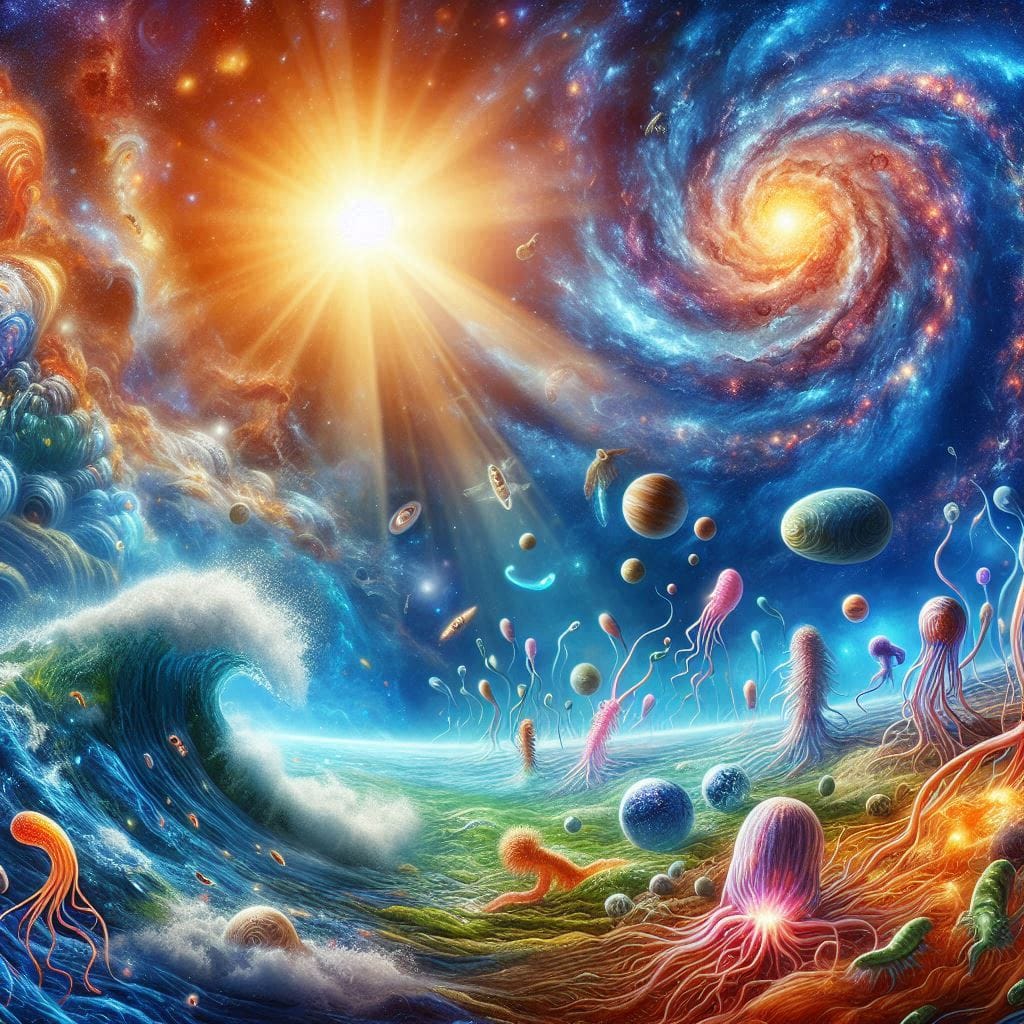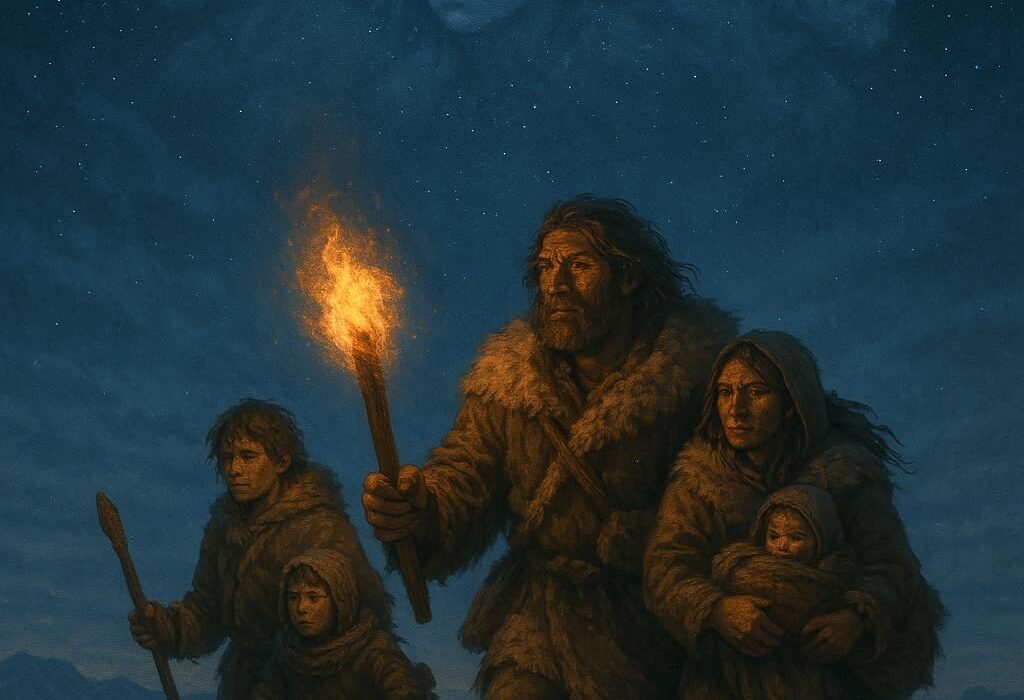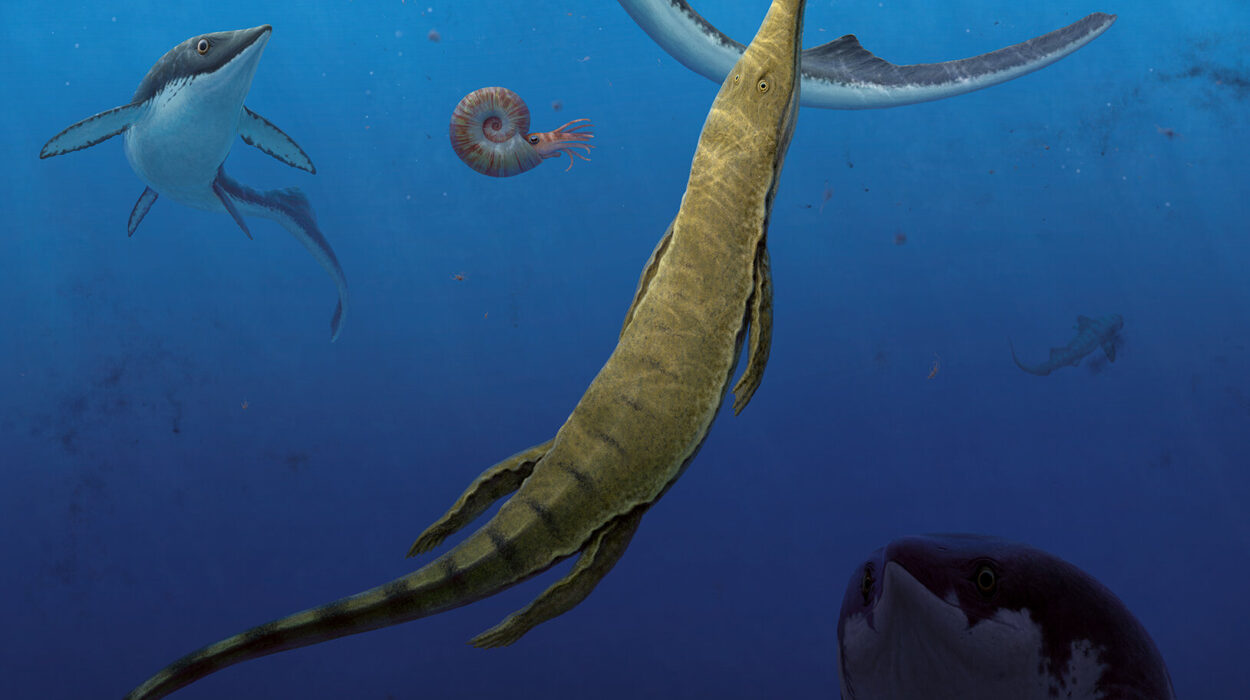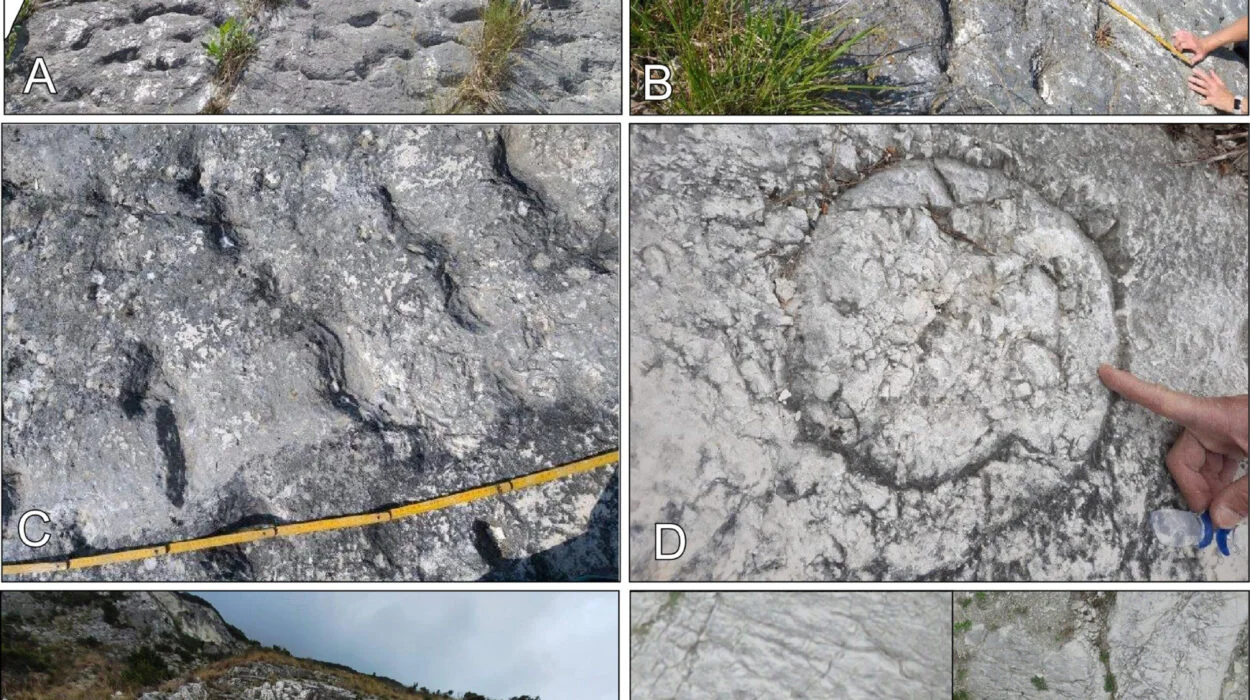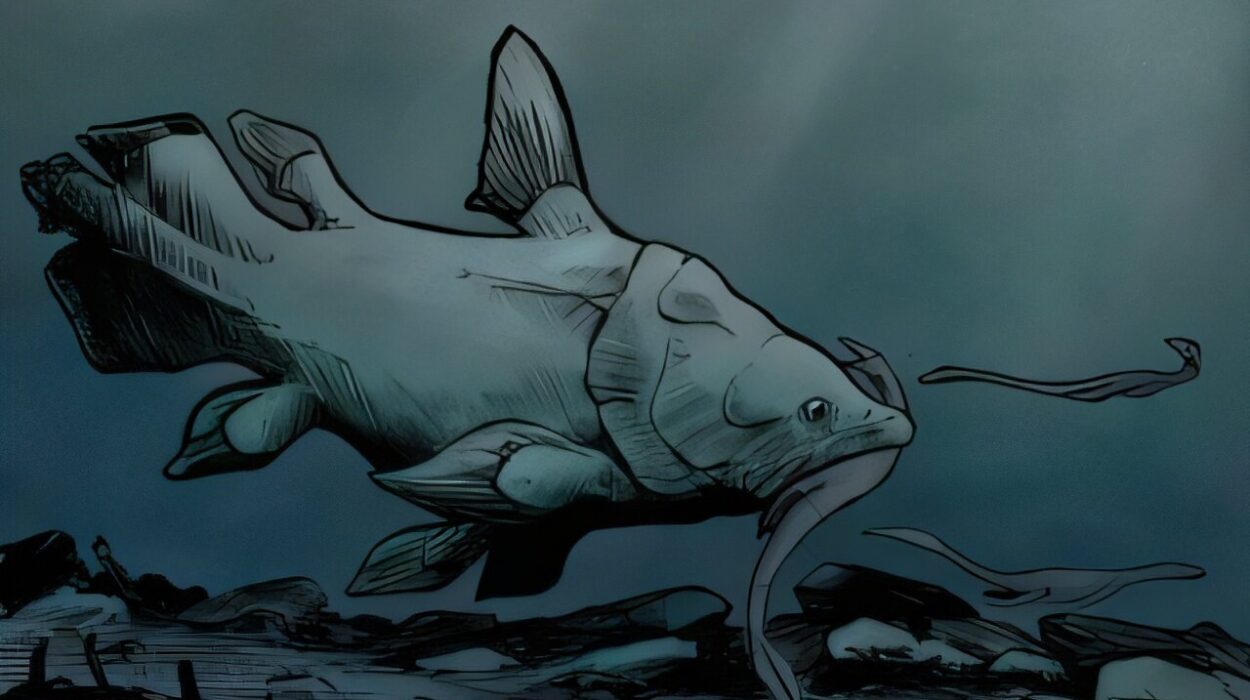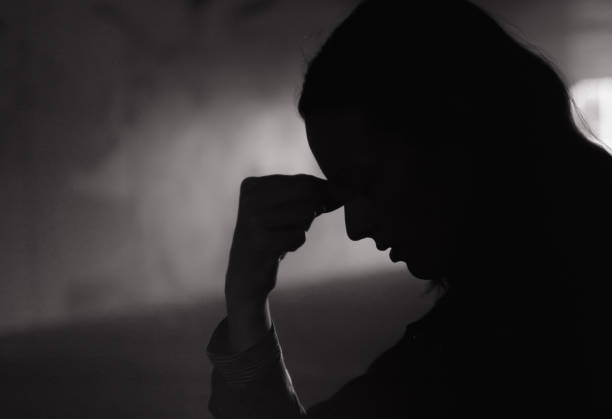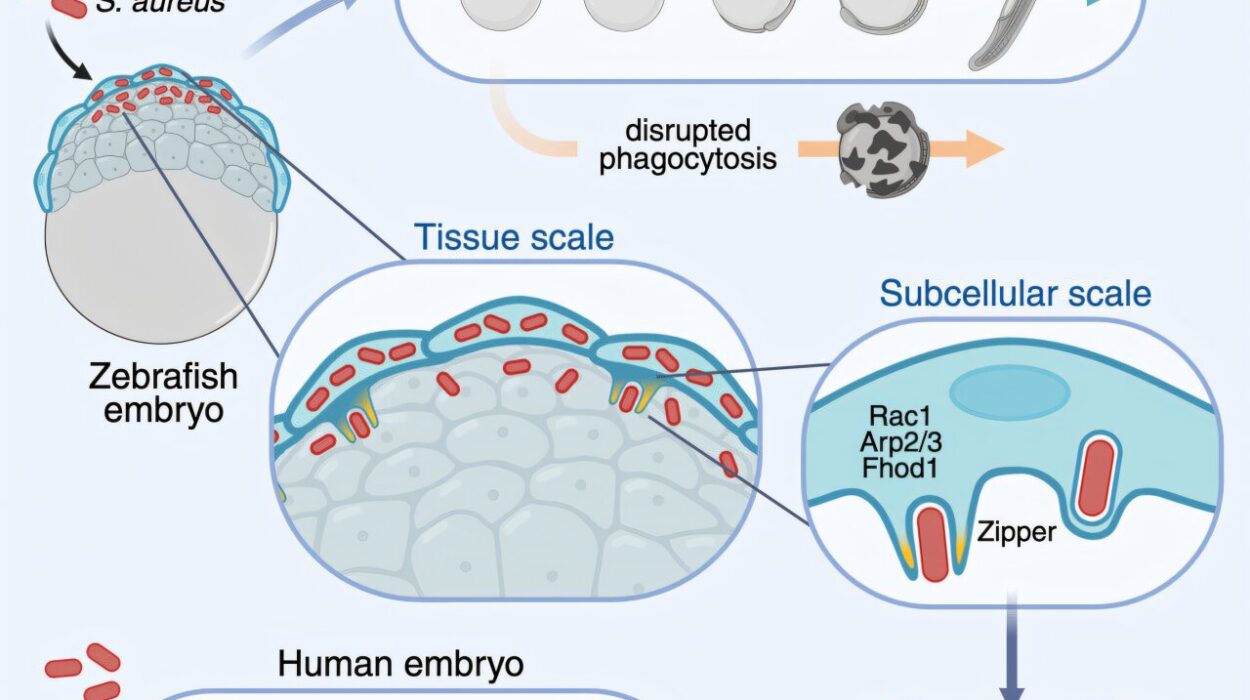Long before breath, before heartbeat, before even the pulse of a single cell, Earth was a lifeless sphere wrapped in fire and ice. Some 4.5 billion years ago, the planet was born in the violent furnace of a solar system forming from cosmic debris. Space was not quiet—collisions echoed like thunder in the vacuum, as asteroids and comets rained down in chaotic storms. It was a world defined not by life but by turbulence. The Earth spun faster, its days lasting only a few hours. Molten rock bubbled through fractures in its crust, while toxic gases spewed into an atmosphere devoid of oxygen.
And yet, somewhere in that primeval chaos, something extraordinary stirred—a delicate chain of molecules began to dance, to replicate, to evolve. Life, in all its improbable wonder, was taking root. But how?
From Stardust to Soup
To understand the origin of life on Earth, we must first step back—far back—to the very elements themselves. The atoms that make up our bodies—carbon, hydrogen, nitrogen, oxygen, phosphorus, and sulfur—are not of earthly origin. They were forged in the hearts of ancient stars that exploded long before our sun was born. These atoms were scattered across the galaxy, eventually finding their way into the dust cloud that collapsed to form our solar system. We are, quite literally, made of stardust.
The early Earth was inhospitable, but it was also chemically rich. Lightning cracked the sky. Volcanoes belched out gases. Meteorites delivered not just impact but cargo—organic molecules, perhaps even amino acids. The idea that the ingredients of life arrived from space is no longer fringe; it is supported by the detection of organic compounds on asteroids and in comets, even in the interstellar medium. But ingredients alone are not enough. The question that has haunted biologists and chemists for centuries is this: How did those molecules become alive?
The Primordial Soup and the Spark
In 1952, Stanley Miller and Harold Urey tried to answer that question in a modest laboratory experiment. They filled a flask with water, methane, ammonia, and hydrogen—gases thought to mimic Earth’s early atmosphere—and then sparked it with simulated lightning. Within a week, the flask turned murky, filled with organic compounds. Among them were amino acids, the building blocks of proteins. It was the first experimental proof that life’s precursors could be assembled from simple chemicals.
Though the Miller-Urey experiment has since been refined and critiqued—newer models of Earth’s early atmosphere suggest it may have been less reducing—its impact remains seismic. It showed that the basic components of life could form spontaneously. Nature, given the right conditions, could sculpt complexity from simplicity.
Still, proteins are not life. DNA is not life. Even a cell is not life, if it cannot replicate or evolve. The journey from chemistry to biology required more than ingredients. It required structure, replication, and most critically—information.
The RNA World: A Whisper of the First Genome
Modern life is built on DNA, a molecule that encodes genetic information. But DNA cannot function without proteins, which are themselves assembled according to instructions carried by DNA. This creates a chicken-and-egg problem: which came first?
The answer may lie in RNA, a molecular cousin of DNA that can both carry information and catalyze chemical reactions. This dual ability makes RNA a compelling candidate for the first self-replicating molecule. In the so-called “RNA World” hypothesis, life began when strands of RNA spontaneously formed in the early Earth, folded into functional shapes, and began to replicate.
Evidence supporting this theory is growing. In laboratory settings, scientists have coaxed RNA molecules into forming ribozymes—RNA strands capable of catalyzing their own replication. These rudimentary systems are far from true life, but they are tantalizingly close.
If the RNA World was real, then it was a fragile beginning. RNA is unstable and easily broken down. Yet, over time, some molecules may have found shelter within lipid membranes—primitive cell walls made from fatty acids. Inside these bubbles, RNA could replicate in relative safety. The cell was born.
The First Cells: Islands of Order in a Chaotic Sea
The leap from molecules to cells is one of the greatest transitions in the history of life. Imagine a world of chemical chaos, where reactions occurred at random, colliding and dissolving in the oceans of a young planet. Now picture a microscopic droplet—an early cell—holding its internal reactions in delicate equilibrium, shielded from the outside by a membrane.
The first true cells were likely prokaryotes: single-celled organisms without a nucleus. They were small, simple, and tough. And they were astonishingly successful. Fossil evidence of stromatolites—layered structures formed by microbial mats—dates back 3.5 billion years, suggesting that life emerged quickly after Earth cooled.
These early cells fed not on sunlight but on chemistry. Some metabolized sulfur or iron; others performed anaerobic respiration, living without oxygen. The Earth’s atmosphere was still a noxious blend of gases. But beneath its surface, in hydrothermal vents at the bottom of the ocean, life found a refuge and a feast.
The Deep Origins: Life from the Abyss?
One of the most compelling theories for the origin of life involves hydrothermal vents—fissures on the ocean floor where heated water rich in minerals gushes into the cold sea. These vents create natural gradients in temperature and chemistry, which could serve as energy sources for primitive life.
In the alkaline hydrothermal vent theory, life began in the porous rock of these undersea chimneys. The vents provided a natural setting for chemical reactions, with compartments that mimic the structure of modern cells. Here, simple molecules may have been concentrated, catalyzed, and organized into increasingly complex systems. Eventually, metabolism—life’s essential engine—may have arisen.
The appeal of this theory is not just chemical. It is poetic. Life may have begun not in sunlight, but in the eternal night of the ocean’s abyss, where warmth and minerals gave rise to the first whispers of biology. Even today, hydrothermal vent ecosystems teem with strange life forms that do not rely on the sun—living fossils of an ancient origin.
The Great Oxygenation and the Breath of Change
For over a billion years, life remained microbial. Then, about 2.5 billion years ago, a quiet revolution occurred. Some bacteria evolved the ability to use sunlight to split water molecules, releasing oxygen as a byproduct. This innovation—photosynthesis—changed everything.
Oxygen is highly reactive. At first, it rusted iron in the oceans, turning them red. Then, slowly, it began to accumulate in the atmosphere. For anaerobic life, oxygen was toxic, triggering one of the planet’s first mass extinctions. But for others, it was a gift. Oxygen allowed for more efficient energy production, paving the way for complexity.
This event, known as the Great Oxygenation Event, set the stage for the next leap: the rise of eukaryotes—cells with nuclei and internal organelles. These complex cells likely formed through symbiosis, when one cell engulfed another and they formed a lasting alliance. Mitochondria, the powerhouses of our cells, were once free-living bacteria. So were chloroplasts in plants.
Life, it seemed, was learning not just to survive, but to collaborate.
The Slow Climb to Complexity
From the first eukaryotic cells came algae, then simple multicellular organisms. For billions of years, life remained soft-bodied and microscopic. Then, around 600 million years ago, the Ediacaran fauna emerged—strange, quilted creatures that defy modern classification. Shortly after came the Cambrian Explosion, a burst of evolutionary innovation that gave rise to most of the major animal groups.
Complex nervous systems, eyes, shells, skeletons—all appeared in a geological blink. Evolution, driven by mutation and natural selection, began to sculpt the tapestry of life we recognize today. Fish swam in ancient seas. Plants colonized the land. Insects took to the air. Reptiles gave rise to dinosaurs. Mammals scurried in the shadows.
And eventually, in Africa, one small group of primates began to walk upright, to use tools, to think.
From Chemistry to Consciousness
It is almost impossible to grasp the full magnitude of this journey. From stardust to amino acids, from RNA to cells, from single-celled bacteria to civilizations capable of pondering their own origins. Life is not merely a biological process—it is a story of increasing awareness.
The human brain, with its 86 billion neurons and trillions of connections, is the most complex structure known in the universe. It is the product of 4 billion years of evolutionary refinement, and yet it still carries the echoes of our earliest beginnings. The salt in our blood mirrors the ancient oceans. Our cells carry mitochondria—the ghosts of ancient symbionts. Our genes whisper of ancestors both human and microbial.
We are not separate from the biosphere. We are its latest expression, its storytellers, its questioners. And the question that began this journey—how did life begin?—has become one of our greatest scientific and philosophical pursuits.
Unfinished Questions and the Search Beyond Earth
Despite remarkable progress, many mysteries remain. Did life begin in a single location, or did it arise in many places and one lineage prevailed? Was RNA the first genetic material, or was there something even simpler before it? Can we recreate life from scratch in the lab? These are not merely academic questions—they are threads in a tapestry that connects us to the cosmos.
The search for life beyond Earth continues. Mars, once wet and warm, may have hosted microbial life. Europa and Enceladus, moons of Jupiter and Saturn, harbor subsurface oceans that could cradle life. Even Titan, with its methane lakes, challenges us to imagine biochemistries utterly unlike our own.
If life is a natural consequence of chemistry, then we are likely not alone. But even if Earth is unique, its story is no less miraculous.
The Miracle in the Molecule
To look at life through a scientific lens is not to diminish its beauty, but to deepen our awe. Life is not magic, but it is magical in its resilience, its creativity, its improbable triumph over entropy. From the quiet drip of a hydrothermal vent to the roar of a rocket bearing probes to other worlds, the story of life is a saga of transformation.
And it is not over. We, too, are participants in this unfolding epic. Our thoughts, our questions, our love and sorrow—all are part of the same continuum that began with a spark in the primordial sea.
What began as chemistry has become poetry, memory, consciousness.
What began as chance has become choice.
And somewhere, deep in our DNA, the Earth remembers.
